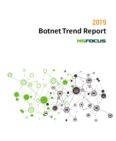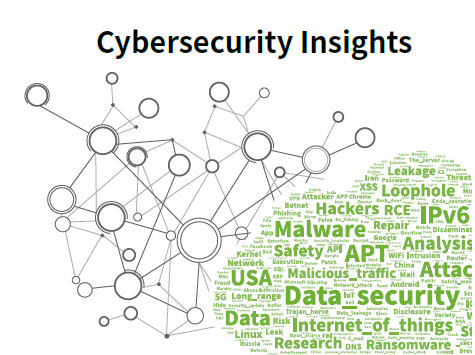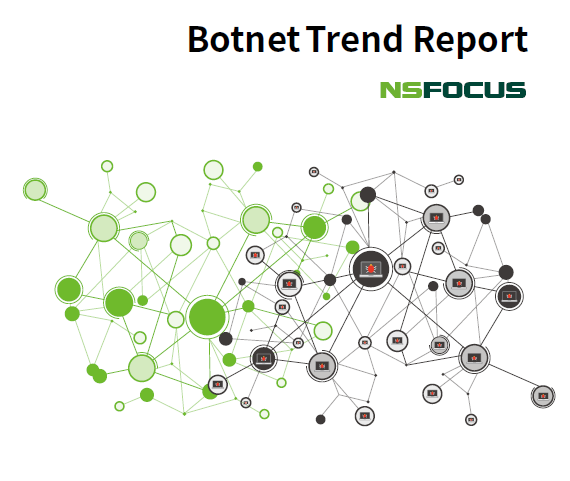Botnet Trend Report 2019-6
Overview of DDoS Attacks in 2019 According to the observation of NSFOCUS Security Labs, DDoS botnets in 2019, though with some changes, continued with the same patterns in attack targets, families, and operating platforms overall. Among the track data of NSFOCUS Security Labs in 2019, there were more than 1.1 million instructions given by DDoS […]








